8 Beginner Chicken Care Mistakes To Avoid
- March 14, 2024
- 0 comment
Starting my adventure into chicken-keeping, I was filled with enthusiasm and, admittedly, a bit of naivety. Reflecting on my journey, I’ve come to understand that the road to becoming a knowledgeable chicken caretaker is fraught with potential pitfalls.
Through a process of trial and error, coupled with numerous consultations with more seasoned chicken keepers, I’ve refined my experiences into a comprehensive guide aimed at assisting novices in this field to tread more carefully.

Below, you’ll find my compilation of the top eight mistakes to avoid when caring for chickens, enriched with insights and practical solutions. My intention is to offer guidance that might spare you from some of the frustrations I faced, providing a smoother path to successful chicken keeping.
Table of Content List:
- Overcrowding: The Space Conundrum
- Misjudging Feed Requirements
- Overprotectiveness: Finding Balance
- Ventilation vs. Insulation
- Temperature Regulation for Chicks
- Ignoring Early Signs of Illness
- Neglecting the Pecking Order
- Inadequate Predator Proofing
Understanding the Basic About Chicken Care Mistakes To Avoid
Understanding the basics of chicken care and the common mistakes to avoid is essential for both the well-being of your flock and your success as a poultry keeper. New chicken owners often face challenges that stem from overcrowding, misjudging nutritional needs, over or under-protectiveness, inadequate ventilation, improper temperature control for chicks, ignoring early signs of illness, disrupting the pecking order, and failing to predator-proof their environment.
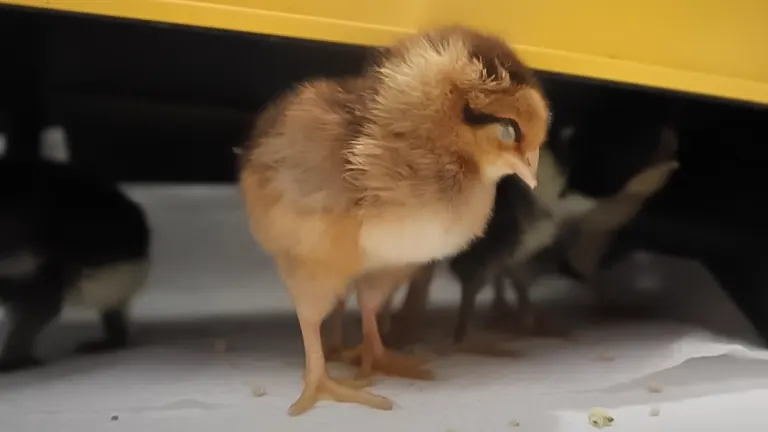
These issues can lead to stressed, unhealthy chickens or even loss of the flock. By providing sufficient space, offering balanced nutrition, allowing chickens to establish their social dynamics, ensuring proper coop ventilation, maintaining optimal brooding temperatures, acting promptly on health issues, and securing the coop against predators, keepers can create a thriving environment.
Educating yourself on these fundamental care aspects and learning from the experiences of seasoned chicken enthusiasts will equip you with the knowledge to avoid common pitfalls and ensure a healthy, productive chicken keeping experience.
1. Overcrowding: The Space Conundrum
My initial error was underestimating the space chickens need. Whether it’s the coop, the run, or the brooder, cramming too many birds into too little space is a recipe for stress, disease, and feather-pecking.
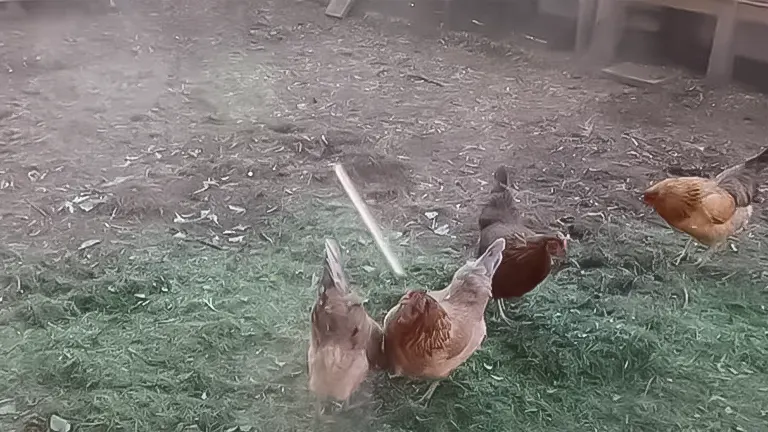
The general guidelines suggest 3-4 square feet per chicken in the run and 2-3 square feet in the coop, but these are just starting points. Observation and adjustment are key, as is providing ample stimulation and, if possible, free-range time to keep your flock happy.
2. Misjudging Feed Requirements
Selecting the right feed seemed straightforward until I encountered the nuanced needs of chickens at different life stages. Transitioning from starter-grower to layer feed at the appropriate time is crucial, as is avoiding high-calcium layer feed for non-laying chickens and roosters.

I learned the hard way that dietary imbalances can lead to health issues, notably eggshell quality. Supplementing with calcium sources like crushed eggshells or black soldier fly larvae became my go-to solution.
3. Overprotectiveness: Finding Balance
Initially, I hovered over my flock like a helicopter parent, which I learned can inhibit natural behaviors and pecking order dynamics.
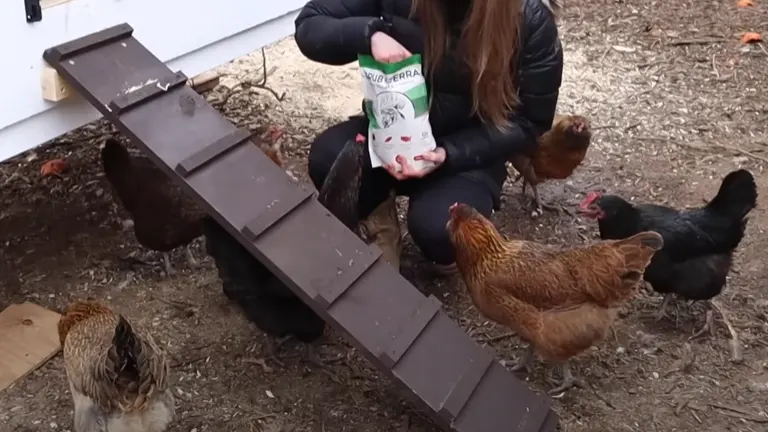
Yet, neglecting predator protection swung me to the opposite extreme of loss and heartache. Striking a balance meant letting chickens establish their hierarchy while ensuring their safety against predators with secure housing and vigilant management.
4. Ventilation vs. Insulation
In my bid to keep the coop snug in winter, I overlooked the critical importance of ventilation. Moisture buildup from airtight enclosures can lead to respiratory issues and frostbite, overshadowing the benefits of insulation.
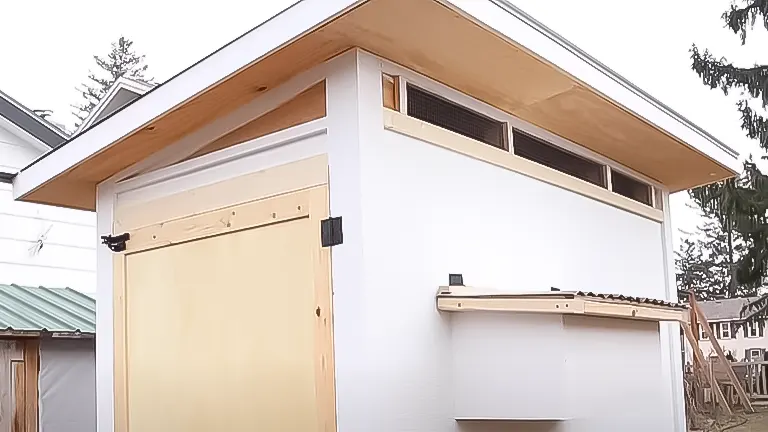
Implementing proper ventilation while avoiding drafts became a pivotal adjustment in my approach to winter chicken care.
5. Temperature Regulation for Chicks
Raising chicks without a broody hen posed a unique challenge in temperature management. The allure of heat lamps faded after learning about their risks and inefficiency compared to brooder plates, which mimic a hen’s warmth more safely and naturally.
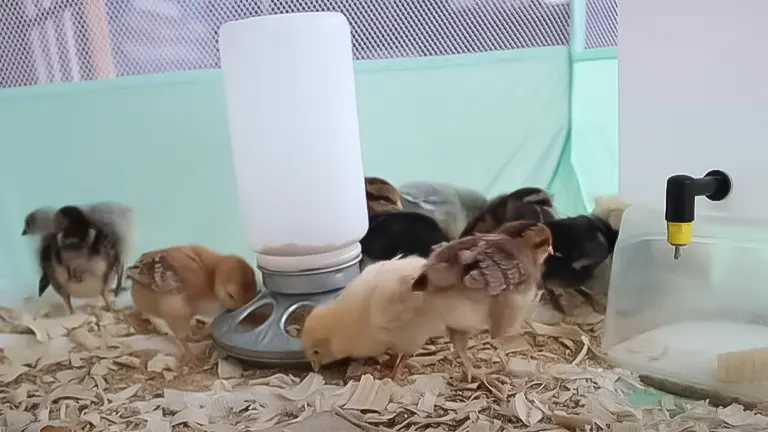
Keeping the brooding area within a suitable temperature range ensured my chicks thrived without overheating or chilling.
6. Ignoring Early Signs of Illness
One of my biggest regrets was not acting swiftly at the first sign of illness. Diseases and conditions like bumblefoot or crop issues can spiral if not addressed early.
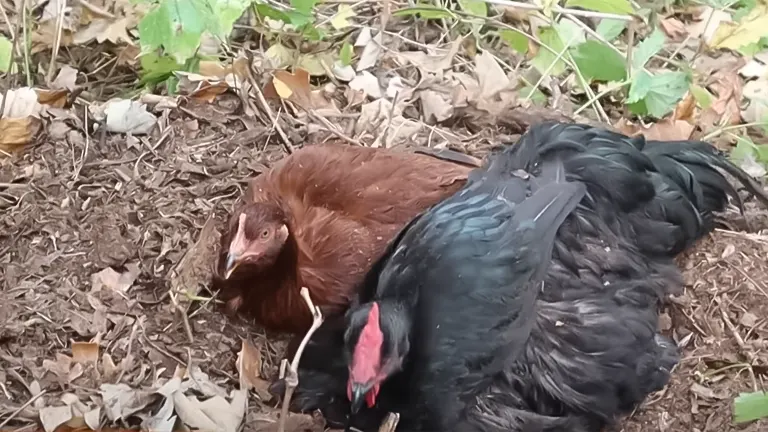
Engaging with online forums and local chicken communities provided me with invaluable resources for identifying and managing health problems before they escalated.
7. Neglecting the Pecking Order
Misunderstanding the pecking order led to unnecessary interventions that disrupted flock harmony.

Chickens establish social hierarchies, and while it’s essential to monitor for bullying, allowing them to sort out their rankings is crucial for social stability within the coop.
8. Inadequate Predator Proofing
The painful lesson of losing chickens to predators taught me the importance of robust coop security.

Implementing measures like buried hardware cloth, secure locks, and predator deterrents became non-negotiable practices in my chicken keeping routine.
Additional Tips
Here are five additional tips to complement the “8 Beginner Chicken Care Mistakes To Avoid,” designed to further refine your chicken-keeping strategy and ensure the health and happiness of your flock:
- Regular Health Checks: Implement a routine of regular health checks for each chicken. Look for signs of parasites, abnormalities in behavior, or any physical injuries. Early detection of health issues can make treatment more effective and less stressful for the bird.
- Diversify Their Diet: While commercial feeds provide a solid nutritional base, supplementing your chickens’ diet with garden scraps, insects, and greens can boost their immune system and enrich their environment, making for happier, healthier birds.
- Provide Dust Bathing Areas: Chickens naturally dust bathe to maintain feather health and to control parasites. Ensure there’s a dedicated area in their enclosure filled with a mix of sand, diatomaceous earth, and wood ash to encourage this behavior.
- Secure and Comfortable Roosting Bars: Roosting bars should be wide enough for chickens to comfortably sit on and high enough to provide a sense of security. A proper roosting setup reduces stress at night and helps maintain a pecking order with less conflict.
- Engage with a Community: Joining a local or online chicken-keeping community can provide invaluable support. These platforms offer a wealth of knowledge, from troubleshooting health issues to coop design ideas, and can be a source of encouragement and camaraderie.
By incorporating these additional tips into your chicken care routine, you can avoid common mistakes and create a more enriching and sustainable environment for your flock.
Prescription For Best Uses
Here are three prescriptions for best uses of the “8 Beginner Chicken Care Mistakes To Avoid,” aimed at optimizing your approach to chicken keeping for the healthiest and happiest flock:
- Preventive Healthcare Regimen: Utilize the guide to establish a preventive healthcare routine that emphasizes regular monitoring for signs of distress or illness, prompt isolation and treatment of sick birds, and proactive management of parasites. This approach ensures your chickens remain vibrant and drastically reduces the likelihood of widespread health issues in your flock.
- Coop Design and Management: Apply the insights from avoiding overcrowding and ensuring proper ventilation to design or modify your coop and run. Aim for a spacious, well-ventilated habitat that provides comfort across seasons, with adequate roosting space and protection from predators. This habitat design fosters a stress-free environment conducive to laying and healthy living.
- Educational Tool for Community Engagement: Use the mistake avoidance guide as an educational tool within your chicken-keeping community, whether online forums, social media groups, or local gatherings. Sharing this knowledge not only aids in preventing common mistakes among newcomers but also strengthens the community’s collective wisdom, improving chicken welfare on a broader scale.
Implementing these prescriptions will not only help you sidestep common pitfalls but also elevate the standard of care you provide to your flock, ensuring their well-being and your success as a chicken keeper.
Final Thoughts
In wrapping up, my adventure in backyard chicken keeping has been a blend of delight and hurdles, a true test of patience and learning. The disclosure of these eight prevalent blunders aims to empower you with the insights needed to tackle chicken care more adeptly. It’s crucial to recognize that each misstep is a chance for growth and enhancement, not solely for your personal development but also for the thriving health and happiness of your feathery companions. Embracing this journey with an open heart and a willingness to learn from each experience will not only enrich your understanding of poultry care but also ensure a flourishing and content flock under your guardianship.
Frequently Asked Questions
- How much space do chickens really need to be happy and healthy?
Each chicken requires about 3-4 square feet inside the coop and 8-10 square feet in the run. However, more space is always better to prevent stress and aggression. - What is the correct feed for my chickens at different stages of their life?
Chickens need starter feed as chicks, grower feed as juveniles, and layer feed once they start laying eggs. Providing age-appropriate feed ensures they get the necessary nutrients for their development stage. - Can being too protective of my chickens cause issues?
Yes, overprotectiveness can inhibit natural behaviors and stress your chickens. It’s essential to let them establish a pecking order and explore their environment, with supervision to keep them safe from predators. - Why is ventilation important in a chicken coop?
Proper ventilation prevents moisture buildup, which can lead to respiratory issues and frostbite in colder climates. Ensure your coop has adequate airflow while avoiding drafts on the roosting birds. - How do I keep my chicks at the right temperature?
Use a brooder plate or heat lamp to maintain a temperature of 95°F for the first week, decreasing by 5°F each week until they are feathered or the brooder temperature matches the outside ambient temperature. - What are the early signs of illness I should look out for?
Watch for lethargy, loss of appetite, abnormal droppings, coughing, sneezing, or swelling. Early detection and treatment can prevent the spread of disease. - How do I manage the pecking order without causing more stress?
Provide enough space, food, and water stations to reduce competition. Monitor your flock for bullying but allow them to establish their hierarchy naturally unless intervention is necessary for a bird’s safety. - How can I predator-proof my chicken coop?
Use hardware cloth instead of chicken wire, secure all openings with locks, and consider an apron or buried fence to deter digging predators. Regular inspections for vulnerabilities are crucial. - Is it necessary to add supplements to my chickens’ diet?
Layer hens benefit from calcium supplements for strong eggshells, which can be provided via oyster shells or crushed eggshells. Ensure balanced nutrition but consult a vet for specific dietary needs. - How can I learn from my mistakes in chicken keeping?
Join chicken keeping forums, read poultry care books, and connect with local chicken keepers. Learning from others’ experiences and your own will make you a more skilled and confident chicken keeper.
We can’t wait to hear from you! Dive into the comments section below to recount your experiences and thoughts on avoiding the “8 Beginner Chicken Care Mistakes.” Whether it’s lessons learned or advice gleaned, your contribution could be a guiding light for fellow chicken enthusiasts, helping them dodge usual errors and refine their poultry care skills. Your shared wisdom plays a crucial role in building a knowledgeable and thriving community of chicken keepers!

Edward Smith
Forestry AuthorWoodworking is about more than crafting; it's a harmonious connection with nature, mastering tools, and preserving our environment. I'm here to share my knowledge and experiences with you, forging a future where we can embrace wood's beauty and utility while safeguarding our forests' health and diversity.













Leave your comment